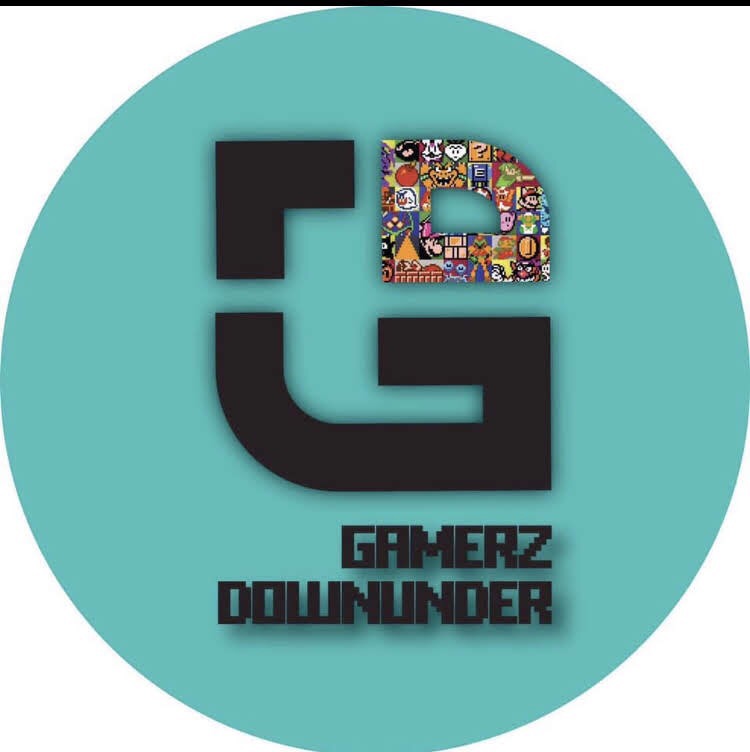Baldur’s Gate on Nintendo Switch
- Michael Larman

- Oct 19, 2019
- 2 min read
Updated: Nov 24, 2019

Baldur’s Gate is a classic, party-based RPG built on the Advanced Dungeons & Dragons ruleset. Players design a single character, and then build out a party of up to six adventurers while tackling demons ever to assault Faerûn’s Sword Coast. Originally, it’s been played with a mouse and keyboard, but there was also a port for tablets that has been mostly written off for its abysmal touch interface.
Beam Beamdog has got to different control schemes for the game.
By default, players move a big, cursor around the screen, which works OK. But the second control scheme maps movement directly to the left thumbstick. Now you can walk a single character around or the entire party, in formation like you’re playing a modern third-person RPG. This makes general movement and combat much more manageable on the console.
However, you lose the ability to point and click at objects on the map once you lock the control stick to movement. Beamdog has turned each point of interaction into a hotspot that automatically shows you a icon. Move the party close to a locked chest, and you’ll get the icon for lock picking. Move to a stairwell, and you’ll have the option to move on to the next floor of the dungeon without the repetitive, annoying reminder to “gather your party.”
The game’s tutorial, unfortunately, explains virtually none of this.
While you can flip between the two control schemes with the left and right buttons on the D-pad, zoom is mapped to the up and down buttons. Pulling way out is a good way to see how the game’s fog of war system impacts play. The shoulder buttons allow you to scroll between members of your party quickly, while clicking both shoulder buttons at the same time automatically selects the entire party & radial menu mapped to the right trigger that allows you to access things like your spellbook, or the option to take a quick rest.




Comments